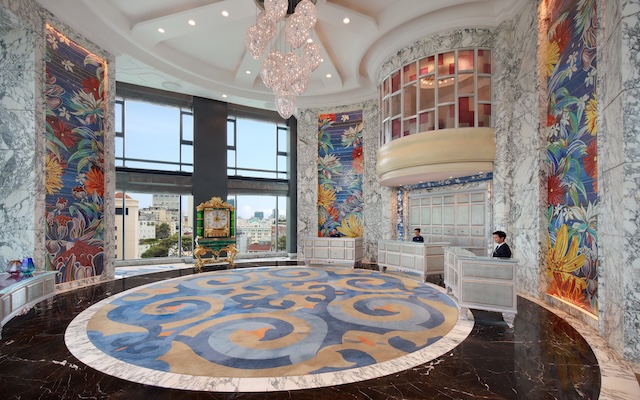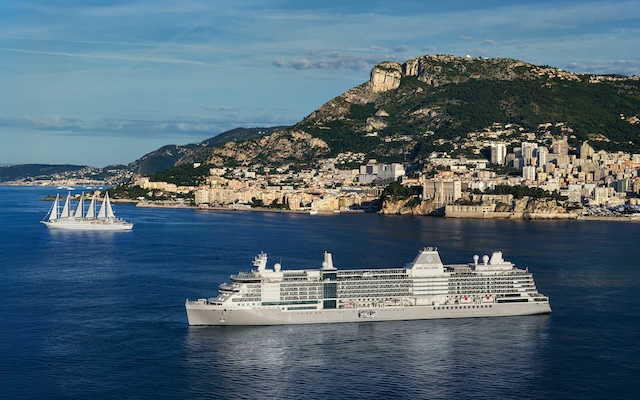A healthy partnership between the public and private sectors, combined with strong visitor spending, bodes well for the future of Philippine tourism
The Philippines’ tourism industry is flourishing, fuelled by robust visitor spending, and a productive public-private sector partnership in development and marketing.
The country boasts one of the highest per capita spending rates in the Asia-Pacific region, and attracts tourists who stay longer than in neighbouring destinations.

Tourists in the Philippines spend US$1,591 on average, and stay in the country for 11.9 nights on average, compared to 11.6 nights in Indonesia and nine nights in Thailand.
“We are not competing on the basis of volume, but rather on quality and value for money,” said Vir Maguigad, director, office of tourism standards and regulation at the Department of Tourism (DoT).
Tourism is a major economic driver in the Philippines, contributing 8.6 per cent to the country’s GDP in the previous year and generating substantial employment opportunities.
While foreign arrivals are expected to recover only in 2026, tourism receipts from January to June 2024 stood at 282.2 billion pesos (US$14.7 billion), exceeding 245 billion pesos recorded during the same period in 2019.
Moreover, tourism receipts reached a new high of 482.5 billion pesos last year, surpassing the previous record of 482.2 billion pesos set in 2019, according to DoT data.
The strong partnership between the public and private sectors in marketing and promoting the Philippines through travel shows and exhibitions is another positive indicator of the country’s tourism growth.
For example, the government aims to attract more business events to the Philippines, acknowledging the substantial spending power of business delegates who often spend five to six times more than leisure travellers, shared Margarita Nograles, chief operating officer of Tourism Promotions Board, DoT’s marketing arm.
This has led to the launch of the new initiative, MICE Philippines: We take your business to heart, in positioning the Philippines as a leading business destination in Asia.
Meanwhile, the private sector, through the Philippine MICE Academy, is actively elevating business events standards by providing training to stakeholders across the country.
Apart from that, local travel and tourism industry associations are also working towards developing and promoting new destinations to alleviate tourism congestion in popular areas.
For instance, Philippine Tour Operators Association’s president, Arjun Shroff, is advocating for new destinations such as Capiz, Balabac, Pag-Asa Island, and Tawi-Tawi.

Shroff, who is also managing director of Shroff International Travel Care, observed that ecotourism, gastronomy, and experiential tours are gaining popularity among tourists.
Tourism secretary Christina Frasco further highlighted the Philippines’ commitment to infrastructure development. By expanding road networks, constructing new airports, and modernising Manila’s Ninoy Aquino International Airport, the country has made significant strides in attracting tourists and delegates.
The country is also experiencing a boom in hotel and venue development, extending beyond Metro Manila to other destinations like Clark, Cebu, and Davao, shared Frasco.



















